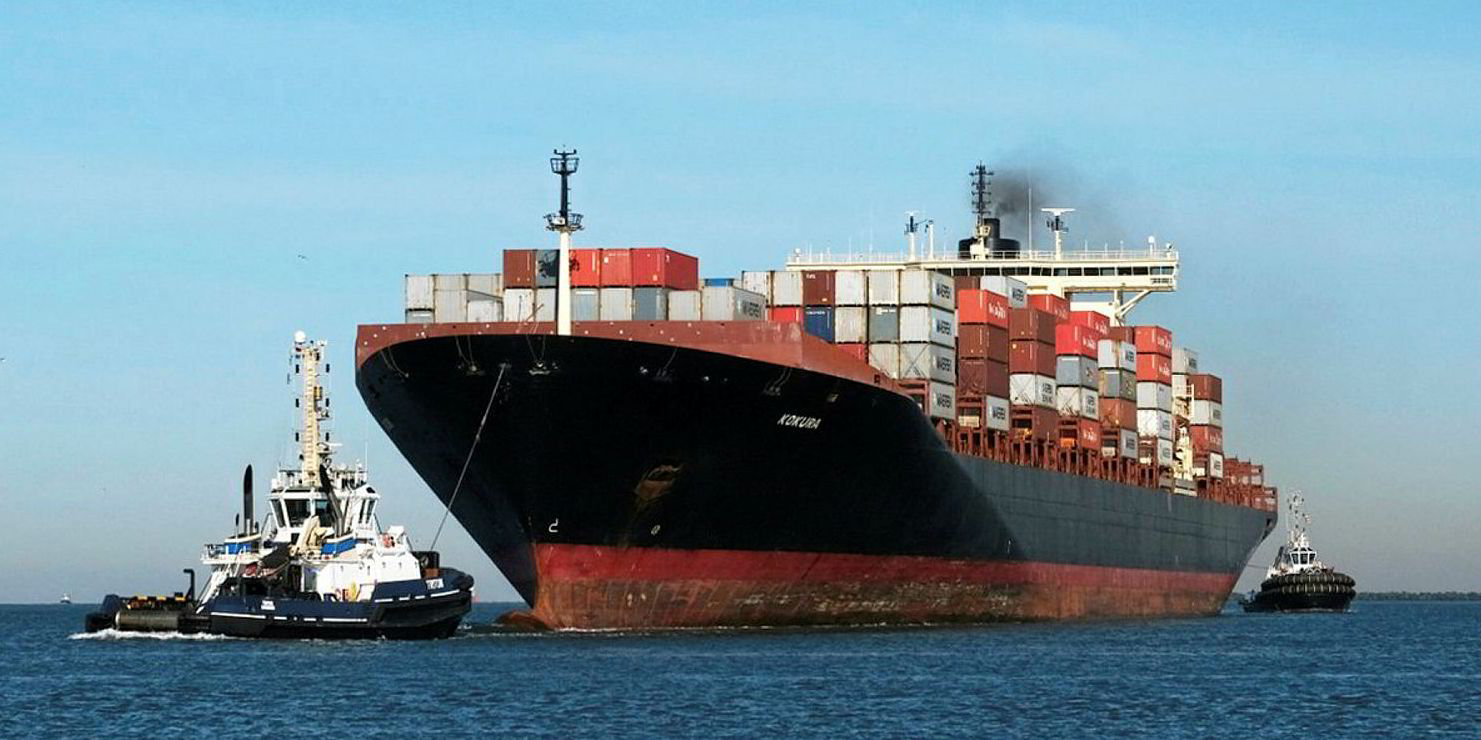Boxship owners are in a hurry to demolish ships for fear that a second wave of coronavirus will shut the door on further deals.
Most of the vessels being sold for recycling comprise smaller feeder vessels up to 3,000 teu.
That is where rates are approaching record lows, which have driven some shipowners to throw in the towel.
The increase in boxship scrapping has been made possible by the easing of lockdown restrictions across the Indian subcontinent.
Some eight containerships already have been demolished since the end of May, 11 more are waiting, or are soon to arrive, at anchorages, according to Alphaliner.
Containerships are being lined up at various anchorages on the Indian subcontinent, with India's Alang seeing the largest concentration, according to Alphaliner.
Most of them were sold to scrap buyers before restrictions were imposed in late March.
Lockdown meant that scrapping was forbidden in India, Pakistan and Bangladesh.
Some pre-lockdown sales were still having to be resolved this month, such as the 2,262-teu GSL Matisse and Utrilo (both built 1999), which Global Ship Lease sold in an en bloc deal to the United Arab Emirates.
Charter decline
Braemar ACM Shipbroking containership analyst Jonathan Roach said 42 vessels have been sold for demolition this year, although 19 have yet to be demolished.
Low vessel earnings are the prime factor for non-operating owners in opting to demolish a boxship, he said.
Charter rates have fallen by about 37% since the start of the year, to their lowest since the summer of 2017, according to Braemar.
There are early signs of a recovery in market activity in terms of the number of vessels being fixed, but freight rates have a lot of ground to make up.
That is largely due to the rise of the number of unemployed containerships over the past two months.

The idle fleet stood at 2.4m teu as of 17 June, or 10% of the total containership fleet, according to Clarksons.
It has resulted in overcapacity in all sectors of the boxship market.
Charter rates for 1,700-teu feeders have slumped from $8,500 per day in January to $6,000 per day, according to Braemar.
Earnings halved
Owners of vessels in the larger sizes up to 8,500 teu have also seen their earnings halved, although there were signs of activity picking up in recent days.
Some boxship owners have been choosing to send vessels for recycling this year despite a drop of about 25% in demolition prices. The price for containerships sold and delivered to Indian breakers had fallen from more than $400 per ldt to a little over $300 per ldt since January to the middle of this month.
But that price fell further this week with vessels being offered well below $300 per ldt for the first time since the shiprecycling recession of 2015, according cash buyer GMS.
Weak earning for containerships is set to continue this year, fuelling further demolition if recycling yards can remain in operation, said Roach.
The analyst predicted that up to 1.2% of the containership fleet will be demolished in 2020, but added that estimate will likely be raised.
However, scrapping should be limited to 300,000 teu this year, which is well below the high of 655,000 teu recorded in 2016, according to Alphaliner.
Feeders first
Most demolition in the sector is expected to be in the feeder size band of 1,000 teu to 2,999 teu.
In total, about 30 ships up to 3,000 teu have been sold for demolition this year, compared with 12 ships in the traditional panamax segment of 4,250 teu and above, Roach said.
Recent sales include the 1,728-teu Altona (built 2000) and the 977-teu BFP Melody (built 1998), which have been reported sold for about $325 per ldt.
It also includes the largest boxships ever sent for demolition, with the 7,400-teu Kokura (built 1997) and two sisterships reportedly sold for scrap in India.
"We could see more tonnage of this size band demolished but not on a big scale," said Roach.
Smaller ships are likely to be scrapped because of their age profile.
The feeder sector has more than 400 ships aged 20 years or over.
"This statistic alone is likely to promote more feeder demolition candidates this year," Roach added.







